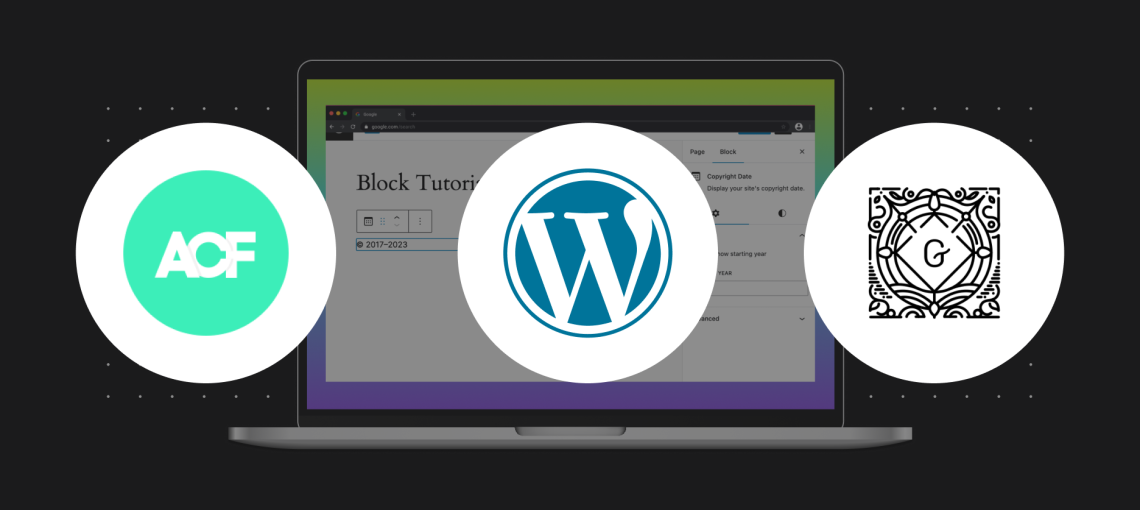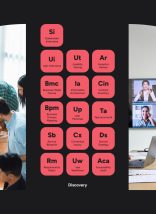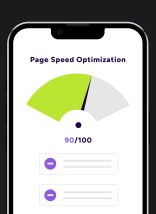WordPress is a popular CMS due to ease of customization, a large community, and SEO-friendliness. WordPress lists over 55,000 plugins available to customize your website, and new ones are constantly being added to the mix. There are many different ways to use a WordPress site, from eCommerce to local businesses and large university websites.
Because of WordPress’ versatility, there are many ways of setting up the website for employees to make content adjustments. For example, employees could build new pages with a drag-and-drop interface, or they could simply select a pre-styled page template and enter content.
In this article, we will cover these popular editor options:
- Page builders
- Advanced Custom Fields
- Gutenberg
While each editor has their own sets of pros and cons, read on to learn more about the different options available and which may be the best fit for your website.
Page builders, bands, and blocks – which choice is best for me?
The best editor to use in WordPress depends on several factors:
- The complexity of web features
- The complexity of design
- The amount of control you want your users to have in design
- What tasks users will need to complete in the admin
Page Builder Plugins in WordPress
Page builder editors are drag-and-drop interfaces that, generally speaking, make it simple for admin users to design pages however they envision. Users will not experience constraints in design.
Some popular page builder plugins include Beaver Builder, WPBakery, Divi, and Visual Composer. These drag-and-drop editors work best with a simple design and very basic websites.
The primary benefit of using a page builder is that editors can create highly customized pages without any HTML or CSS knowledge. Additionally, if editors need to have full control, page builders give them the capability of overriding templates with their design changes.
As long as the design is simple, editors can easily drag and drop content blocks and elements into a page to style how they like.
Page Builder plugins work well when:
- Design is simple
- Admin users need full control of layouts and design elements
- Developers do not make frequent design updates
ACF Flexible Content in WordPress
However, there are downsides to giving too much flexibility for admin users. Giving full control can create issues with branding guidelines and consistency in design across pages. It also creates constraints for developers, making frequent updates difficult and increasing technical debt over time.
At Atlantic BT, we often find that ACF plugin with Flexible Content fields hits the sweet spot, giving clients some layout control while staying within brand and accessibility constraints.
Each page is defined by a template, and each template has its own set of available bands. While bands are pre-styled by developers, editors can choose which bands to add to a page and the order in which they will display. They also have full control over the content added to each band.
For example, there may be 10 bands available to use for a marketing landing page. A marketer can choose which of these 10 bands to use on the page, what content will display within, and what order the bands will display.
ACF is especially useful when:
- A website reuses components across pages
- Developers will need to make frequent updates (they will experience less constraints than with page builders)
- Companies adhere to strict brand guidelines, but need flexibility in updating content
Gutenberg in WordPress
Gutenberg is a new editor which uses blocks within pages. Users can drag blocks into the page, similar to a page builder, and customize with a visual editor. However, users still will not experience the full control that they do with page builders.
Gutenberg includes a library of pre-made blocks, giving users many options for creating page layouts. Still, HTML and CSS knowledge is necessary for full customization.
As an alternative, developers could also create custom Gutenberg blocks either through code or using the latest version of ACF.
Some handy editor features of Gutenberg include:
- Easily create reusable blocks, like a blog post CTA
- Drag and drop an image to automatically create an image block
- Easily style cover photos for blog posts with overlays and parallax effect
- Quickly create multi-column content
- Create tables inside articles
Gutenberg was initially released in December of 2018. WordPress has worked out many of the kinks over time to boost this editor’s increasing popularity.
What does Atlanticbt.com use?
Atlanticbt.com currently uses a flexible band system with ACF. As we are continually testing new layouts with users, we find that ACF is the best system to facilitate developers making frequent updates.
Furthermore, the bands are styled to be accessible and ADA compliant, brand consistent, and reusable across the website.
Need help with your WordPress setup?
If you are unsure of the best editor options for your WordPress site, need help learning how to use your current site, or are interested in upgrading – one of our experts is ready to help you get started. Contact us to set up a free consultation.







